Grey Squirrels
Native to North America, the grey squirrel was brought to Victorian Britain as an ornamental species by the aristocracy. Today, these highly intelligent and adaptable animals can be seen in woodlands, parks and gardens across the country.
While many people have great affection and respect for grey squirrels, they are hated by members of certain groups, most notably those with shooting or forestry interests, and some ‘conservationists’ who believe that the mass killing of greys is justifiable in their quest to boost the number of red squirrels.
Reds not Threatened
Professor Stephen Harris from the School of Biological Sciences at the University of Bristol studied the effect of grey squirrels on red squirrel numbers.
He wrote that the vast sums of money spent on red squirrel conservation are not a wise investment, partly because red squirrels are not even an endangered species.
He wrote: ‘Globally, red squirrel populations are not threatened and the conservation effort in Britain is of little importance.’1
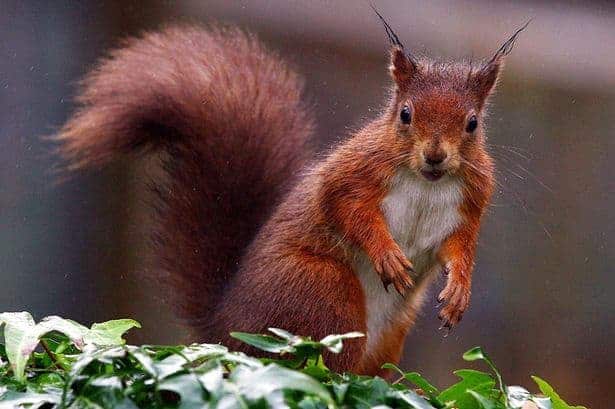
The Hated Red Squirrel
Red squirrels were once persecuted in the same way – and for the same reasons – that greys currently are. With hundreds of thousands being killed by ‘squirrel clubs’, numbers plummeted. In order to boost numbers again, red squirrels were brought to the UK from Europe. Prof. Harris notes that, should appropriate habitats which could sustain colonies of red squirrels, become available in the UK, more could easily be imported.2 However, the stress of capture, transportation and release into an unknown environment is a serious cause for concern, so why not leave red squirrels where they are thriving instead of trying to force the animals to live in different areas simply so that certain people can enjoy having them there?
Population Flux
It is simplistic to say that grey squirrels have caused the demise of red squirrels. It is true that grey squirrels are hardier than their red cousins and can live in a wider range of habitats, which gives them a significant advantage. It is also true that grey squirrels can carry a virus, which appears not to affect them, while it can kill reds. But in a recent study, red squirrels who died from other causes were found to have an immunity to the virus, indicating that many are able to recover from it.3
Red squirrels have endured much misfortune, largely at the hands of people. They declined to near extinction in the eighteenth century because of deforestation and more were introduced from the continent. In the nineteenth century, forest plantations reached maturity and so red numbers leapt.
This, in turn, led to them being killed by specially formed Squirrel Clubs who were paid a bounty, and hundreds of thousands of the ‘pests’ were killed. And that was all before the grey squirrel arrived.

Conservationists’ Whimsy
After hundreds of years of persecution, the red squirrel is now the poster animal for the conservation movement. Why? There is no doubt that using an attractive animal boosts interest and funding, and the public’s affection for red squirrels was ignited in childhood, through Beatrix Potter’s Squirrel Nutkin. Those who call for a cull of grey squirrels – including certain members of the House of Lords – invoke Squirrel Nutkin’s name often, and get quite misty eyed over the ‘demise’ of an old childhood friend. Such emotive anthropomorphism is unhelpful, and designed only to manipulate.
Different species go in and out of fashion. Two hundred years ago, red squirrels were considered ‘vermin’. Today, they inspire such fervour that their supporters demand the deaths of tens of thousands of squirrels of a different colour just to try and boost the numbers, even marginally, of reds in the UK. It is an illogical campaign.
As mentioned, red squirrels are not endangered, but thousands of other species are dangerously so. Directing energy and scant resources towards ‘saving’ one species based on emotion, rather than scientific need and practical objectivity is whimsical and illogical.
True conservationists identify where the need is greatest and where there is the chance of a successful outcome and direct their energies there. Sadly, there are those who choose merely to aid their ‘favourite’ animal, no matter the cost.
Logical Conservationists
Animal Aid sees the value in individual beings, recognises that nature is in flux – now more than ever, perhaps – and that animals must adapt or die out. We can help them by not destroying their habitat, driving more carefully, reducing pollution and working to combat climate change. Furthermore, we should recognise that humans have caused much damage to the planet and to its other inhabitants, and should no longer persist in the arrogant assumption that we know best. Instead, the natural world should be allowed to adapt and change.
Hidden Motives
It is not just some conservationist groups who want grey squirrels to be killed. The bird-shooting lobby also supports and conducts mass culls. They kill squirrels because they cannot tolerate the animals eating some of the grain, which is intended to keep the pheasants in one place until they can be shot. The shooting industry is extraordinarily intolerant of any animal or bird who interferes with its interests, even if the damage amounts to just a few pence. At its core is selfishness and greed, but it is often draped in the language of conservation. Ironic, then, that the shooting industry releases 45 million non-native birds into the countryside each year and kills countless native species in order to ‘protect’ these birds until they, too, can be killed for sport.
Other avid proponents of grey squirrel destruction include timber industry elements. This is an industry that – for the same reason – supports culling deer. And their reason is that squirrels and deer live in woodlands and, inevitably, cause some damage when they eat from the trees.
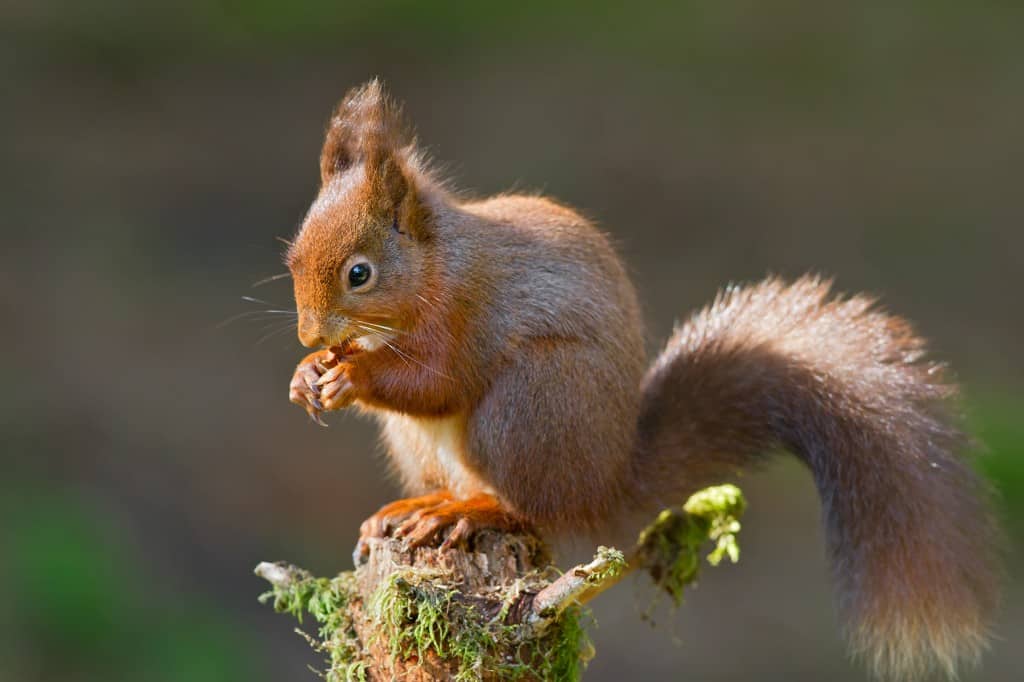
Aliens
It is true that grey squirrels are not native to the UK. Like sheep, cows, chickens, cats, three species of deer and many other animals, they were brought to our shores, no doubt against their will, to be exploited in one manner or another. Those who escaped or were released into the wild and now thrive should not be persecuted further.
As climate change accelerates, many native species will die out and many identified as non-natives will thrive. Are we going to kill every animal who strays beyond ‘acceptable’ boundaries?
Persecuting alien species, in any case, is not a uniform policy, which suggests that killing for non-nativeness is more of an excuse than a legitimate reason. Some aliens – like the rare moth who was found in the UK in 2006 – are welcomed and make headlines.5 But should a sufficiently vocal or powerful vested interest want members of an ‘alien’ or ‘invasive’ species killed – for whatever self-serving reason – their foreignness provides a ready-made excuse.
Meddling
While some people condemn the grey squirrel as a non-native species, other non-native species are brought to the UK as a matter of routine by collectors, zoos and for the pet trade. History has shown us that many of these species escape or are released (which is why there is a herd of wallabies living in Bedfordshire and a flock of parakeets in London) and yet these trades thrive. Non-native turtles and terrapins live in British waterways and have a big impact on the ecosystems, and yet it remains legal to trade in terrapins and turtles.
If those who campaign against certain species on the grounds that they are non-native truly believed their own arguments, they would call for an immediate end to the trade in all non-native species. Instead, ‘conservationists’ dream up schemes to introduce or reintroduce species into the wild, even though there may be no ecological niche for them, they could endanger existing ecosystems, or they could themselves be in danger.
There seems to be little sign that lessons are learned.

Individuals Versus Numbers
Aside from the subjective and illogical nature of many conservation efforts, Animal Aid’s perspective differs from that of conservationists in one very important regard. We believe that individuals matter. The life of a grey squirrel (or a red one) is as important to him as our lives are to us. Where we see individuals with rights to live free from being deliberately harmed, conservationists tend to see numbers. If there aren’t as many of their favourite animal as they would like, they will happily kill others to try to achieve their aim, irrespective of the suffering meted out to individuals.
If you translated that kind of thinking into the human population, you’d find some very uncomfortable historical – and, sadly, contemporary – parallels.
Culling is Cruel
Squirrels are killed using a variety of methods, all of which are utterly shocking. One common method is to live trap the animals and then kill them. Animals trapped alive experience fear and distress until the trap-setter returns, which can be after many hours or even days. While guidelines state that traps should be checked at least once daily, there is no statutory requirement to do so.7 Once the trapper returns, he is likely either to shoot the squirrel or bludgeon him to death in a sack. The ‘sack method’ is commonplace8 but the difficulty of making a clean and effective strike in the correct place when the operator cannot even see the animal inside the sack, should be obvious to all.
The choice of firearm for those who prefer to shoot their victims is dictated by personal preference rather than effectiveness.9 Most ‘pest’ control officers prefer to use air rifles or pistols because these are not subject to certificate control under the Firearms Act.10
Another method of ‘dispatching’ squirrels is to use spring traps, which often do not kill outright. In shocking laboratory experiments, one squirrel out of 26 who was caught by the neck – the optimum place for a swift death – was still alive after three minutes. Both squirrels who were caught by the shoulder were alive after three minutes, and all 17 who were caught by a limb were also alive after a three minute period.11
In late winter and early spring, squirrel killers may choose to ‘drey poke’. One person will poke the drey (the nest) with a long pole while the other takes pot shots at any inhabitants who run away.12 The young who are left in the nest may be killed by dogs.13 While there are many qualms about this method, the 2008 Central Science Laboratory report states with regard to drey poking: ‘However, in pest control the priority is to kill the most animals for the least effort and it has been argued that in this context efficiency tends to override welfare.’14
Grey squirrels may also be poisoned with warfarin – a drug that causes internal bleeding and does not kill the animal for an average of nine days.15 Symptoms of warfarin poisoning in rats have been described thus: the hair stands on end, blood volume drops, eyes and nose get bloody, there is laboured breathing, loss of weight, haemorrhaging below the skin, hypothermia, blood in the urine and faeces.16 The Central Science Laboratory states: ‘The animals typically remain conscious until just prior to death.’17
The Pesticides and Safety Directorate has called the use of such drugs ‘markedly inhumane’.18
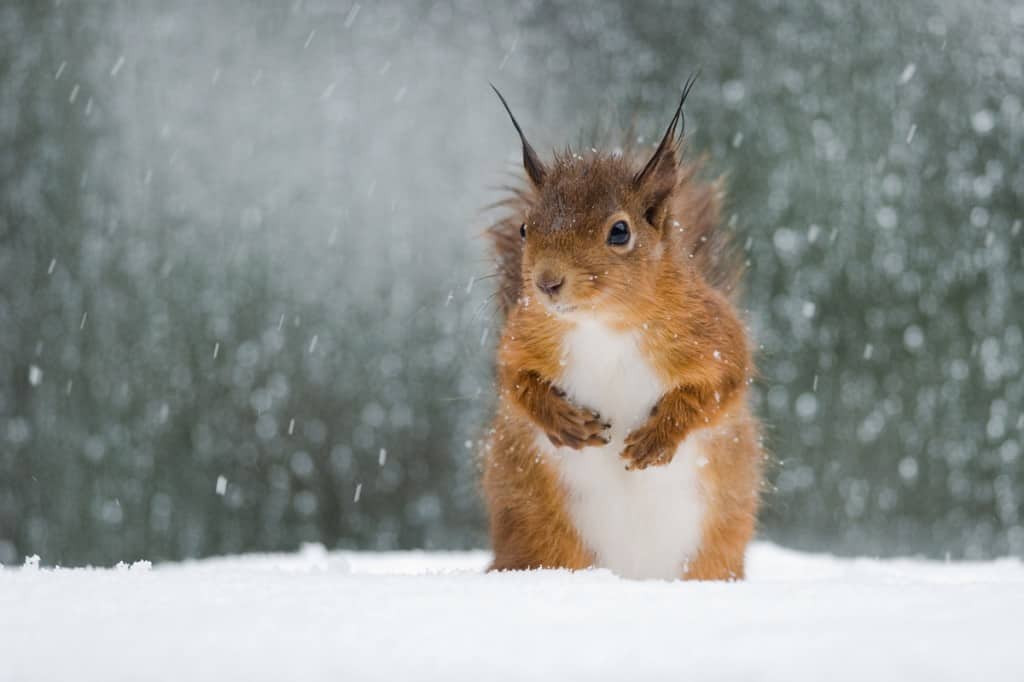
Culling Does Not Work
Aside from the cruelty, culling does not work. Professor Stephen Harris found that rapid recolonisation and an increase in reproductive rates compensate for losses through culling.20 A bounty scheme in the 1950s killed 1.5 million squirrels but caused little impact on the population. There are many examples of where culls have not worked and, in those that do, the effect is usually only temporary. Recolonisation can be extremely rapid. There are exceptions – for example, on the island of Anglesey – but in Thetford Forest, the mass killings of greys made no difference at all.21
Culling is long-term and costly and bound to fail.
Reds in Decline
According to Professor Stephen Harris, there are three reasons why the number of red squirrels has declined in the UK: habitat loss; displacement by grey squirrels; and disease.23
Habitat Loss
Forests are no longer simply a habitat for animals and birds. Many are managed by timber companies, which plant trees most suited to their business needs, irrespective of the effect this has on wild fauna populations. Recent forestry plantations tend to favour grey squirrels. If forests were composed of Norway spruce, larch and Douglas fir, red squirrels would be well catered for, and grey squirrels would be discouraged.
Displacement
There are areas of Britain where greys and reds have co-existed for a number of years but greys are hardier than reds and able to live in a wider variety of habitats. The competitive advantage they have is greater in deciduous woodlands but in coniferous woodland, the two can coexist for longer. Inevitably, species that can best adapt to their environment survive.
Disease
Red squirrels are particularly susceptible to disease, including a lethal pox virus. Whether grey squirrels were harbouring this virus when they were brought to the UK, or whether it was already endemic in the native reds by then is unclear but it is known that grey squirrels carry the disease without developing it whilst reds usually succumb. When the reds die out, greys take over their niche. However, a 2008 study found that some red squirrels had developed an immunity to this virus – an indication that some red squirrels, at least, can survive it.24
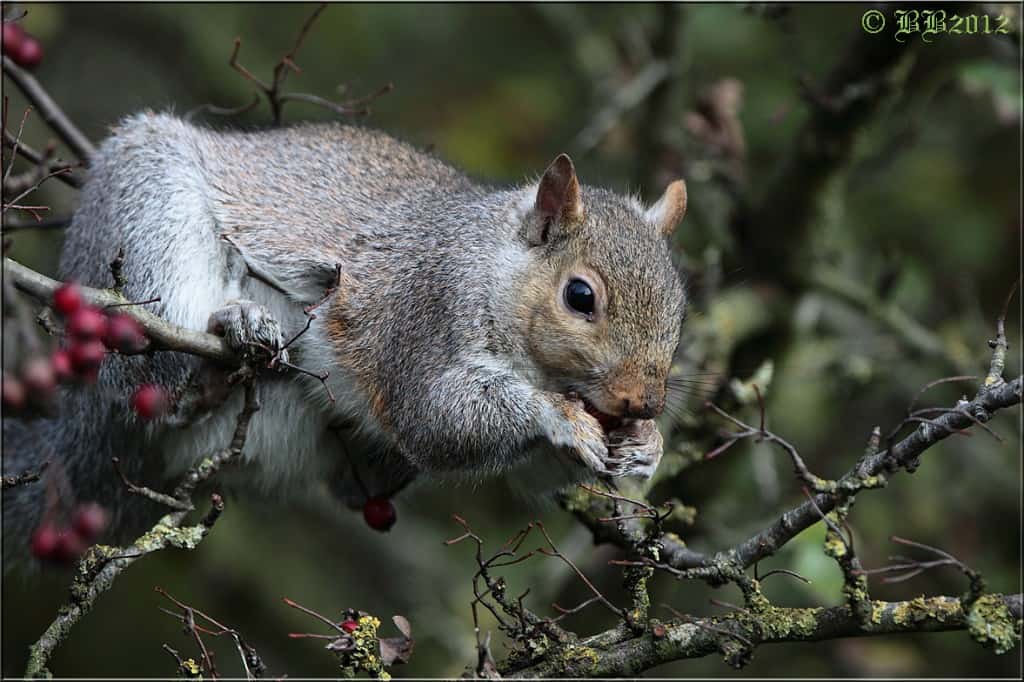
Humane Ways to Help the Red
Red squirrels are not endangered, although their numbers have declined in the UK. Should we wish to offer them the best chance of surviving, there are a number of measures that can be taken:
- Alter forestry design, planting and felling practices so that red squirrels have a dependable supply of seeds.
- Establish them on islands. Already, there are red populations on Anglesey, Brownsea Island, the Isle of Wight and on Arran, and there are other islands with suitable habitat but currently no red squirrels, including Mull.
- Develop a vaccine to protect the reds against the pox virus. The estimated costs are far cheaper than culling.
- Provide supplementary feeding of the right foods at the right time.
References
1 Harris, Stephen et al, ‘Is culling of grey squirrels a viable tactic to conserve red squirrel populations?’, Aug 2006, p. 2.
2 Ibid.
3 BBC News, ‘Ray of Hope for the Red Squirrel’, 15 Oct 2008.
4 Chris Packham, ‘Ecological Cleansing’, Wildlife Extra.com.
5 ‘Parliament welcomes rare beauty’, The Times, 14 July 2006.
6 Packham, op. cit.
7 Central Science Laboratory, ‘Review of the methods of humane destruction of grey squirrels’, 2008, p.4.
8 Ibid., p.5.
9 Ibid., p.10.
10 Ibid.
11 Ibid., p.21.
12 Ibid., p.18.
13 Ibid.
14 Ibid., p.20.
15 Ibid., p.16.
16 Ibid.
17 Ibid.
18 Harris, op. cit., p. 8.
19 Tim Adams, ‘They shoot squirrels, don’t they?’, The Observer Magazine, 19 Oct 2008.
20 Harris, op. cit., p.10
21 Ibid.
22 Lord Plumb, speaking in the House of Lords, 23 March 2006
23 Harris, op. cit., p.4.
24 BBC News, op. cit.
25 Packham, op. cit.
This article was first published by AnimalAid.org.uk
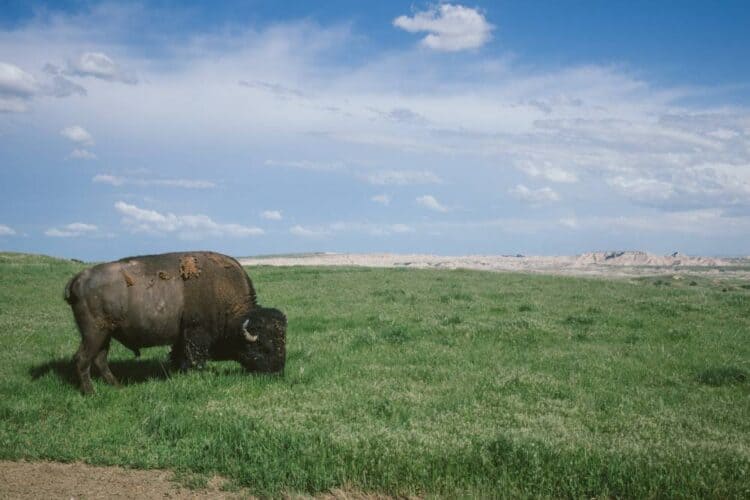
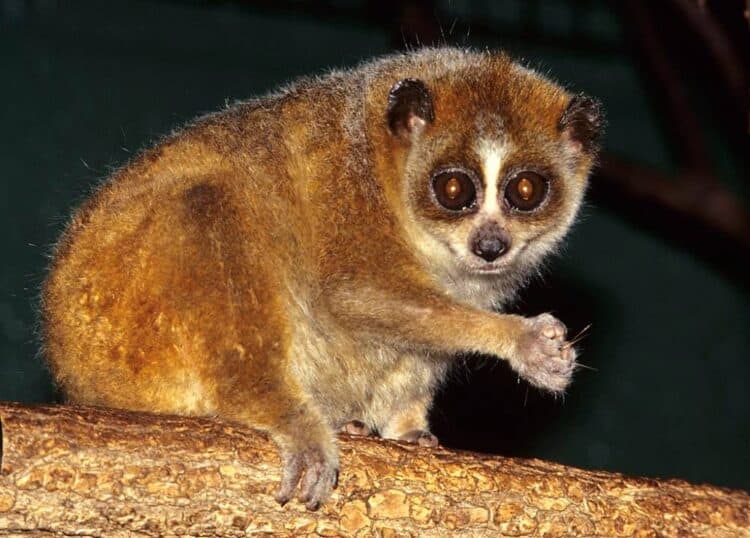

![Girl Raises Orphaned Baby Red Squirrels [Video] Image Credit : Miroslav Hlavko/Shutterstock](https://focusingonwildlife.com/news/wp-content/uploads/shutterstock_1571408056-scaled-e1664405745388-750x515.jpg)
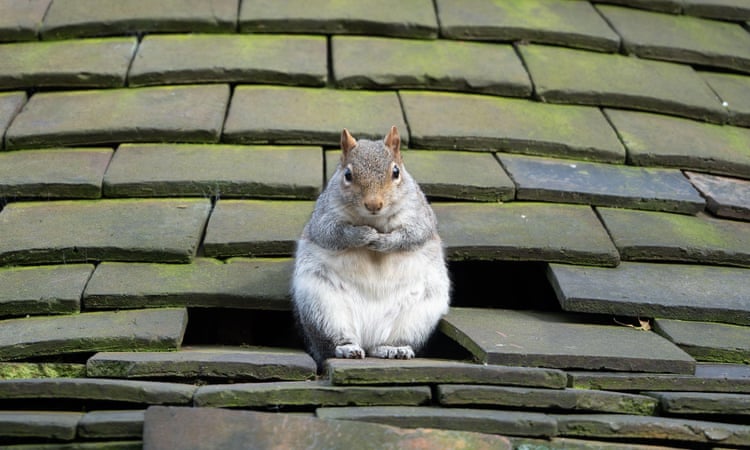
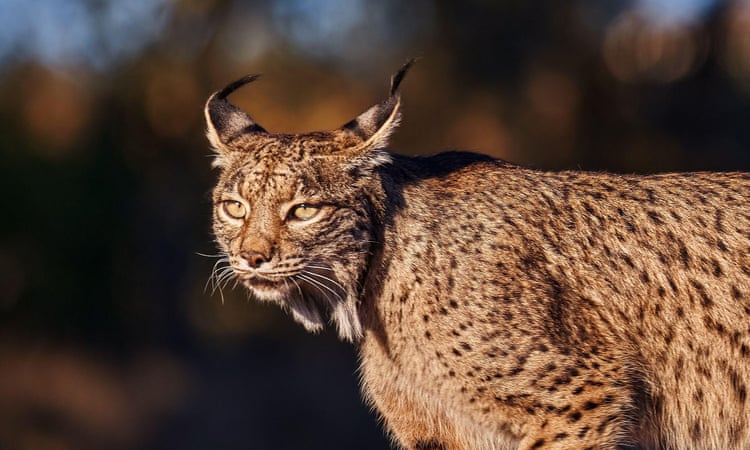
Leave a Reply